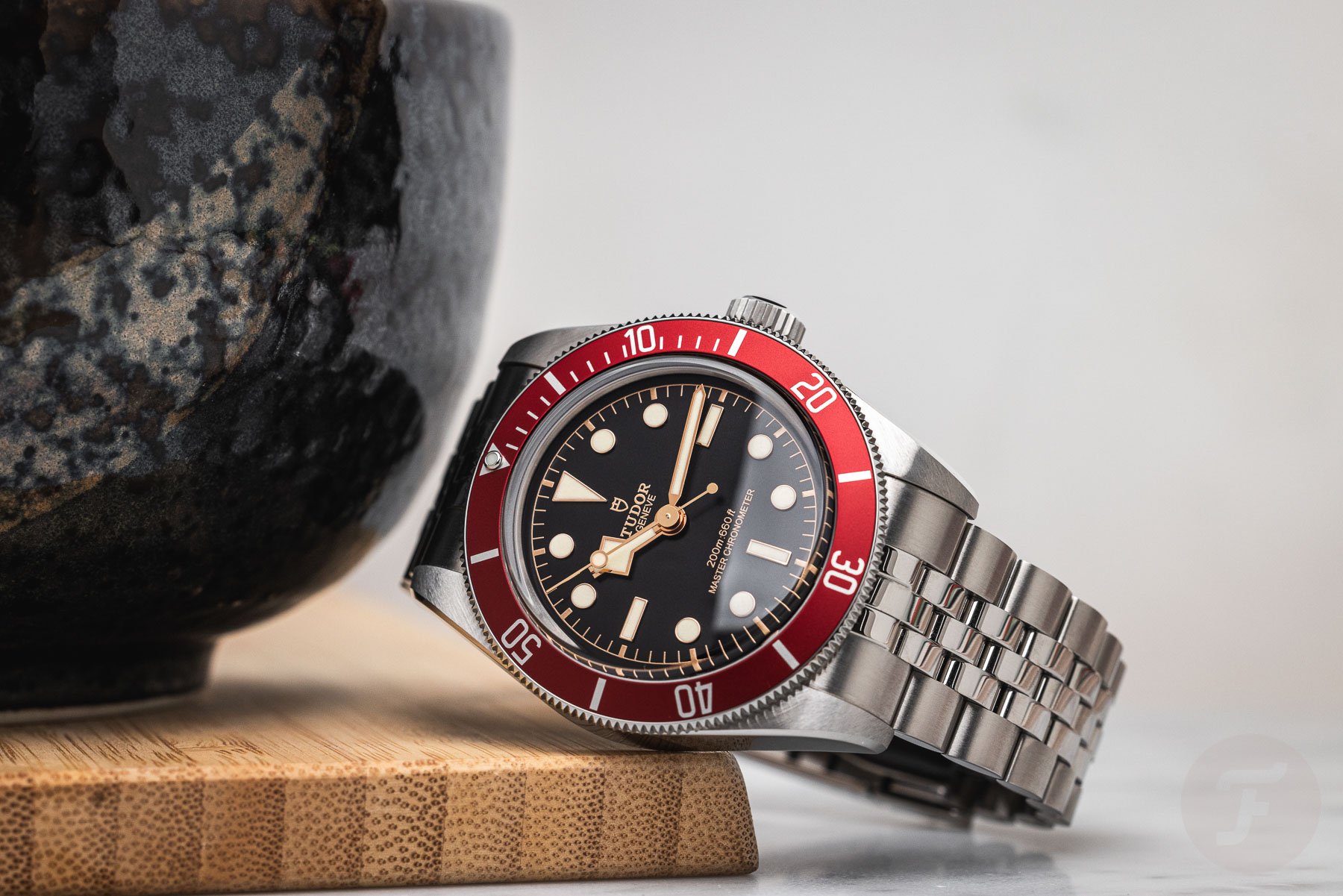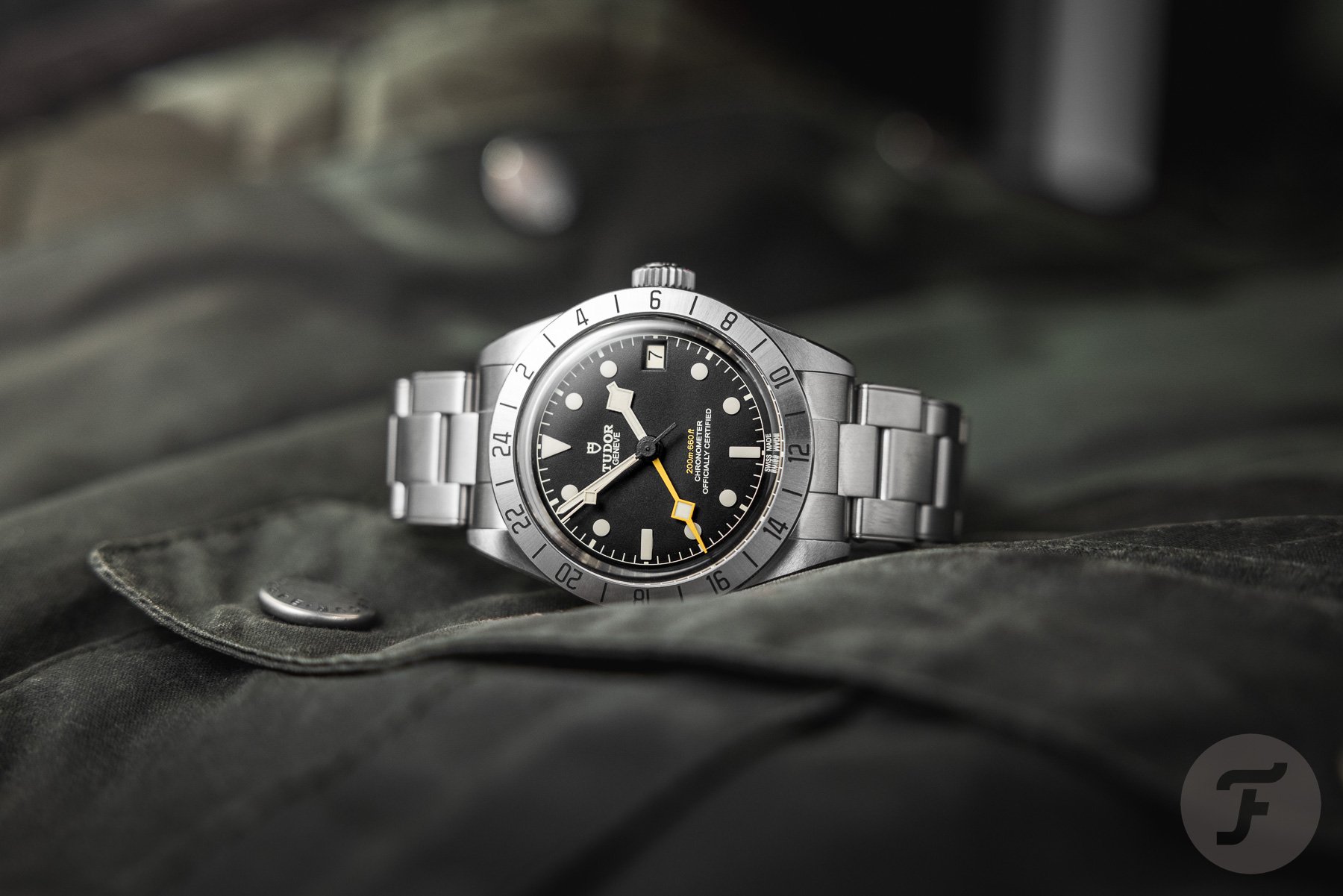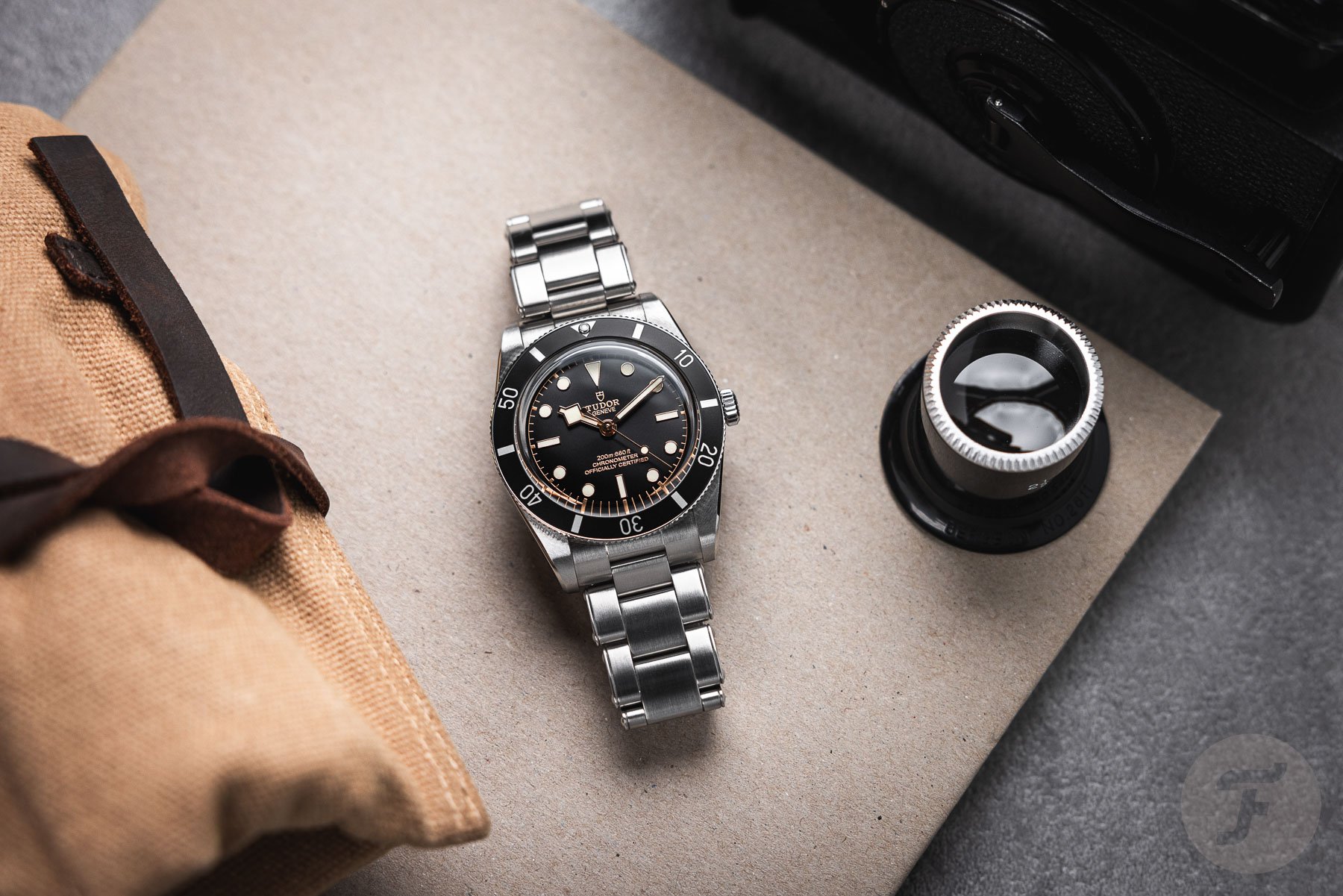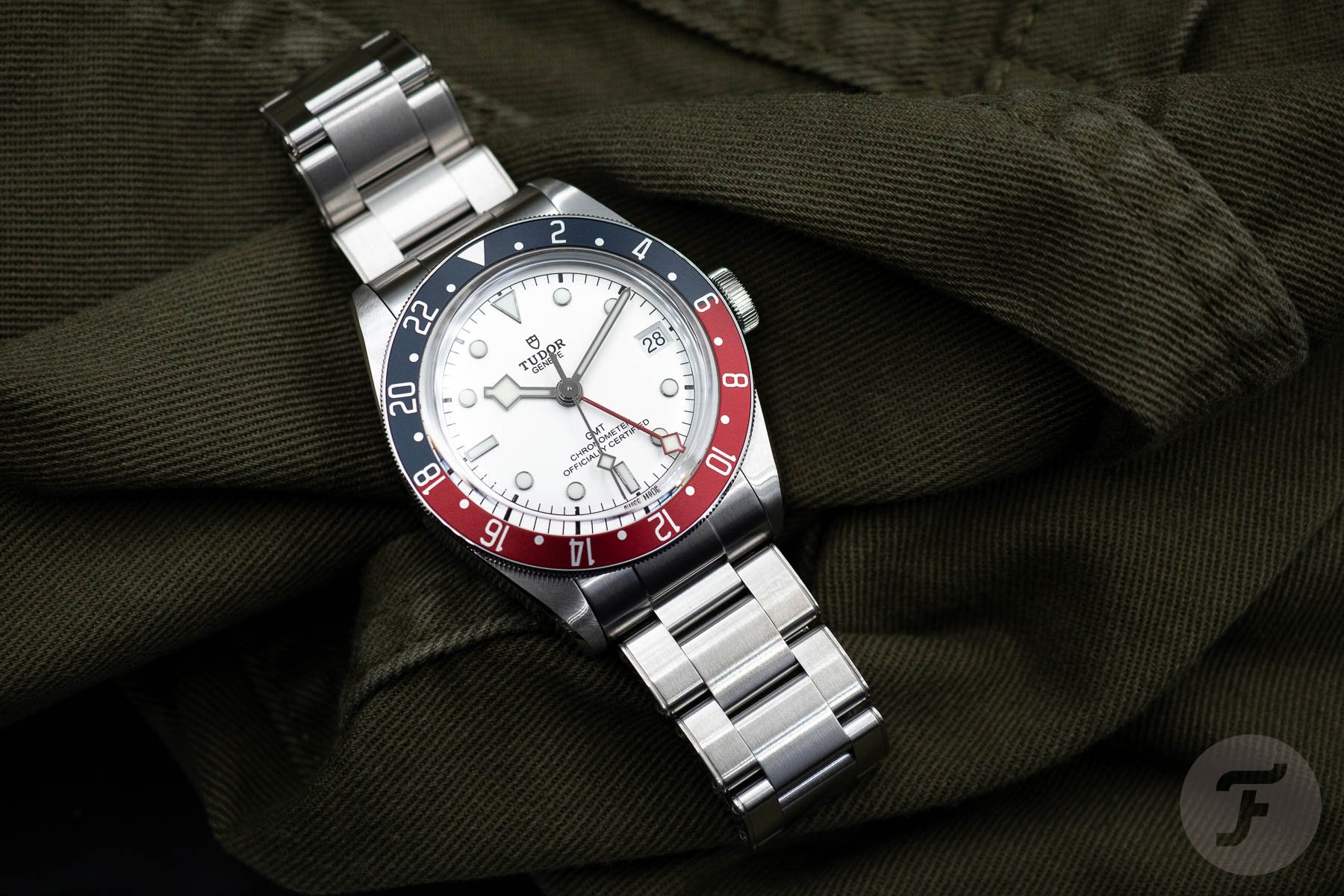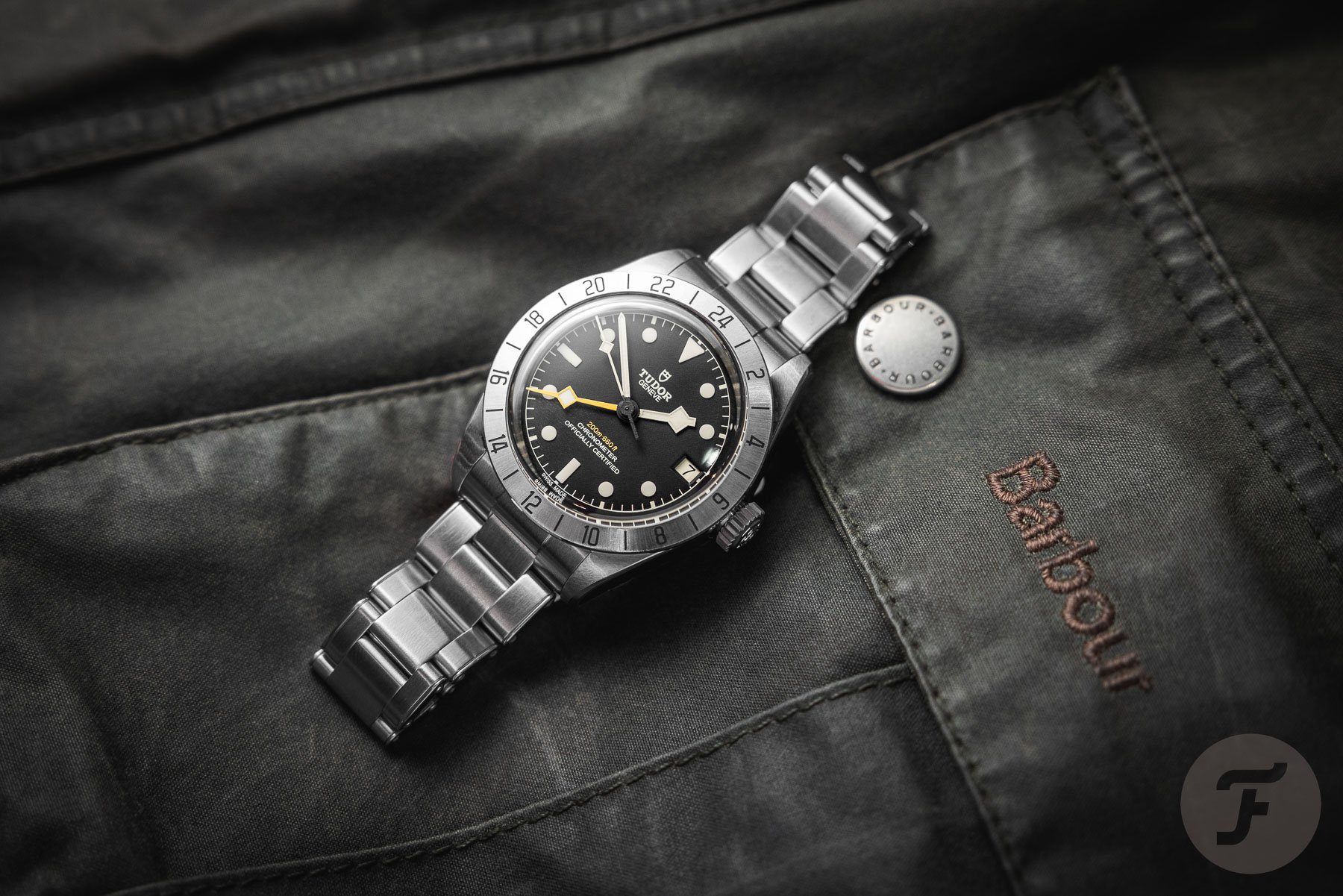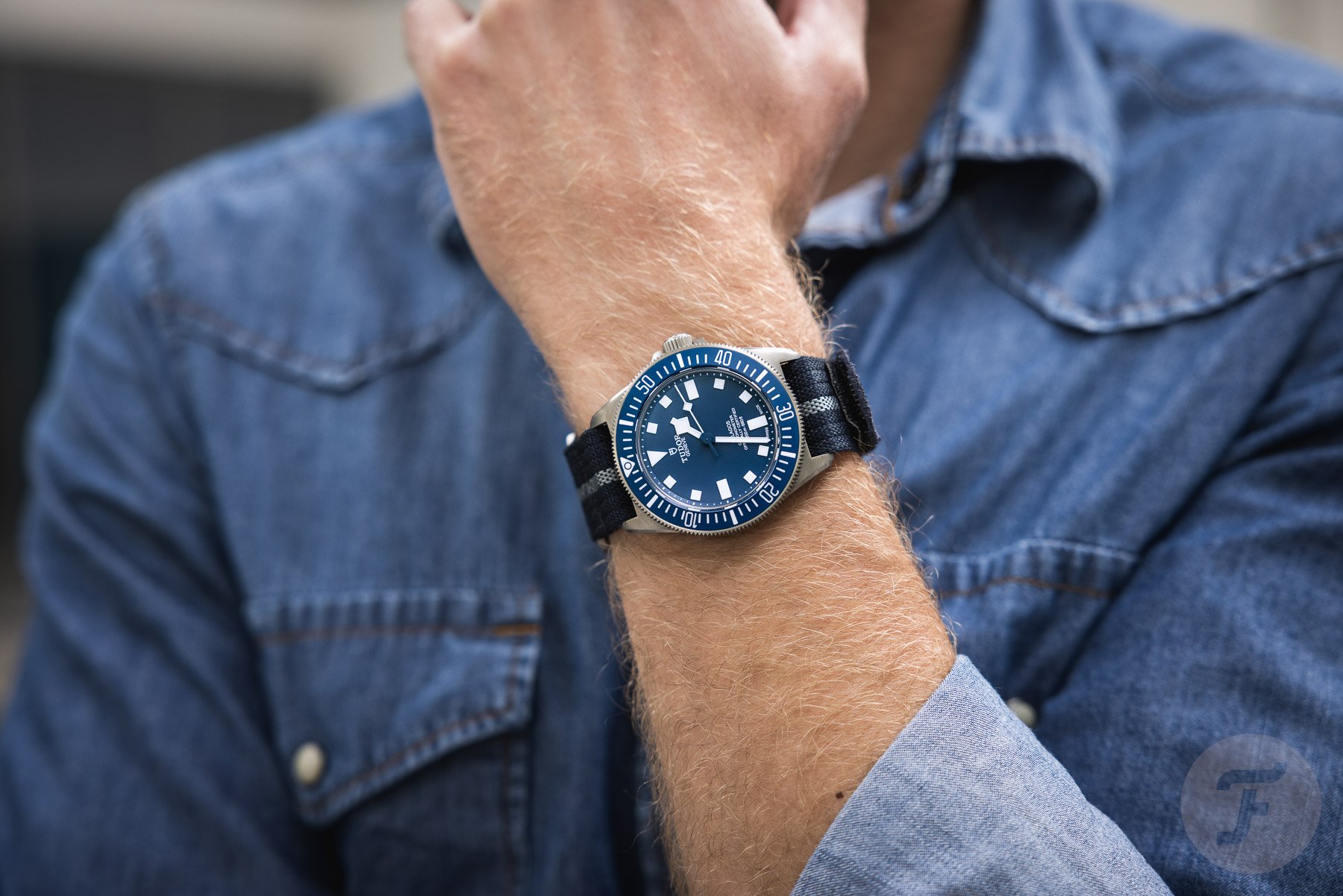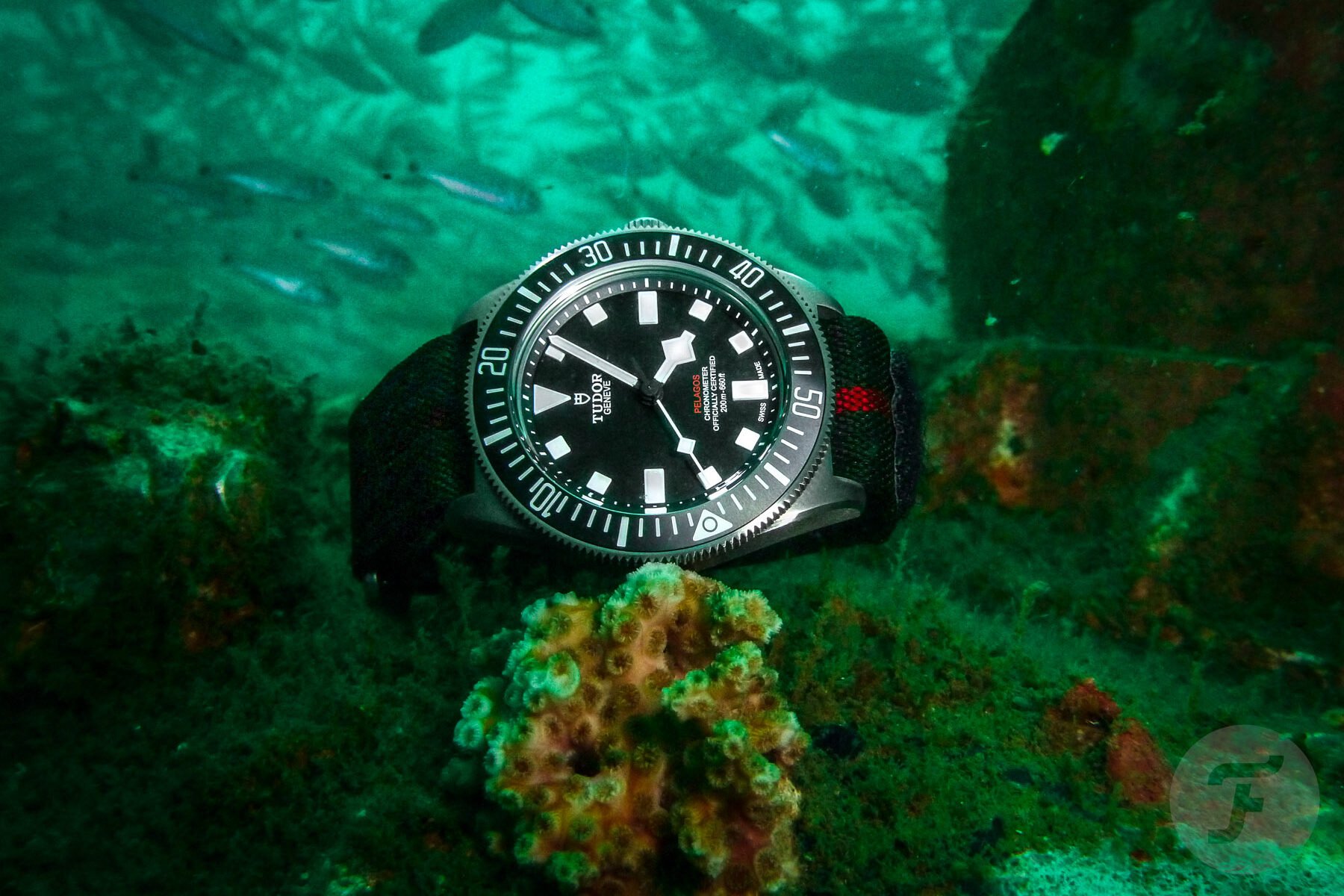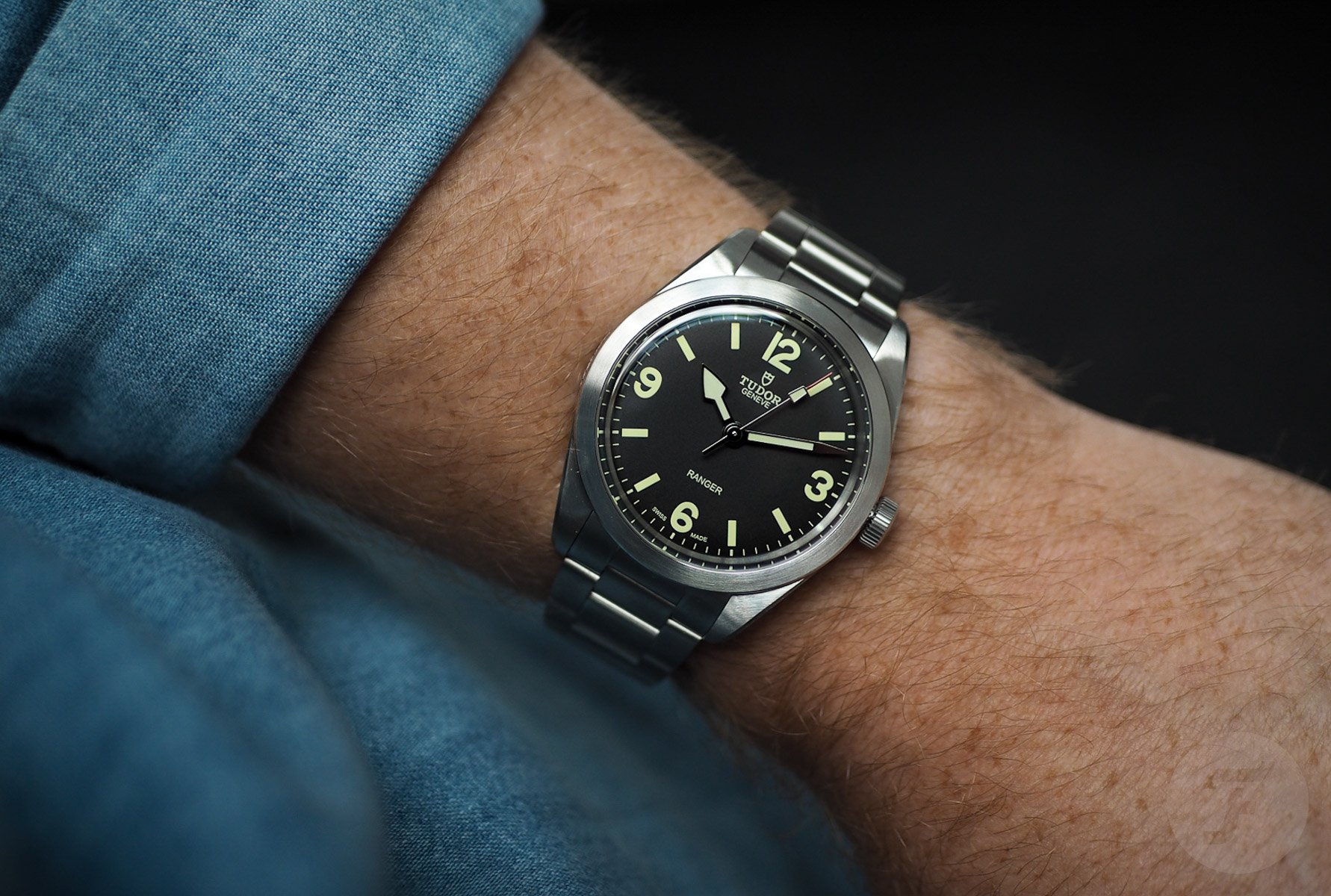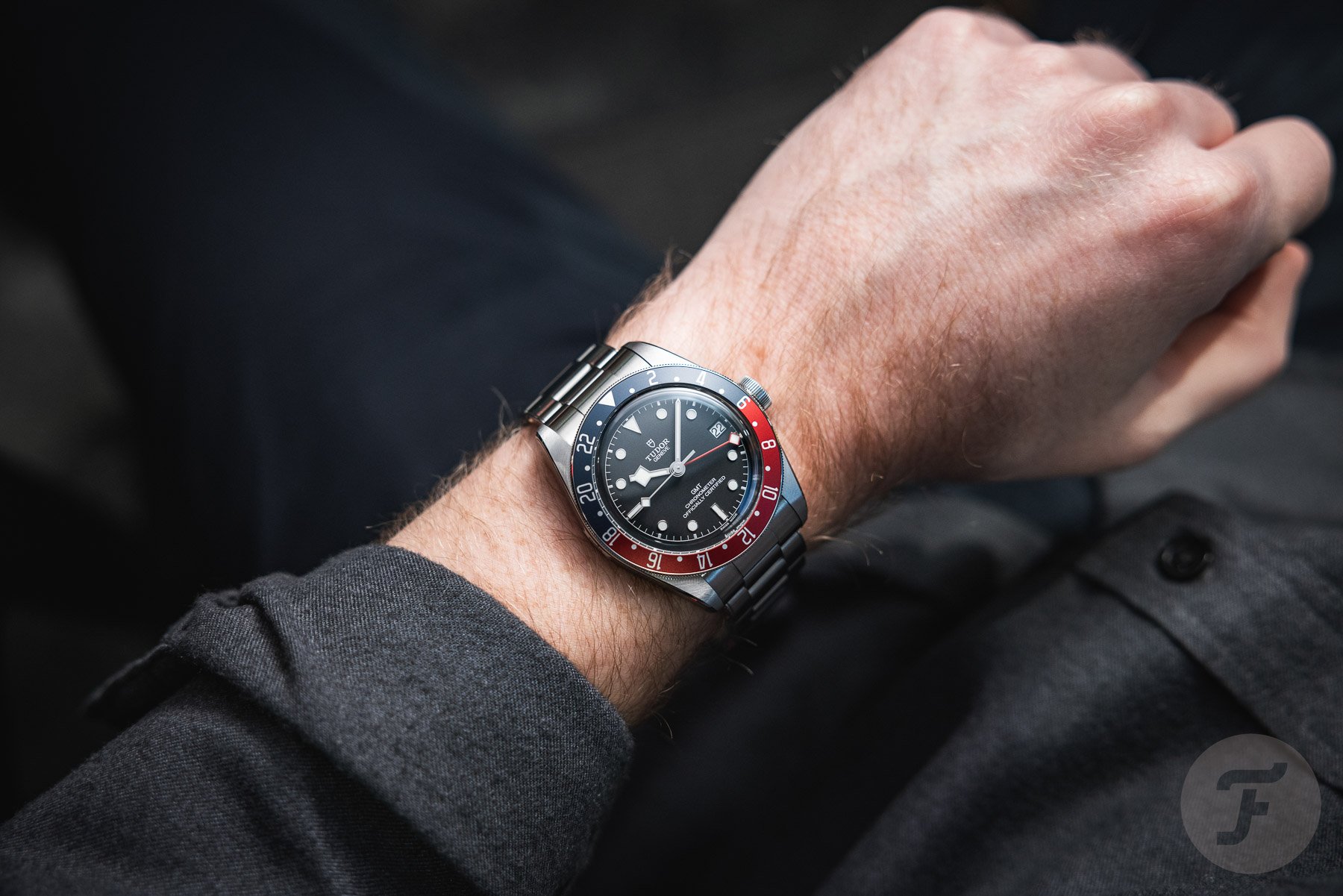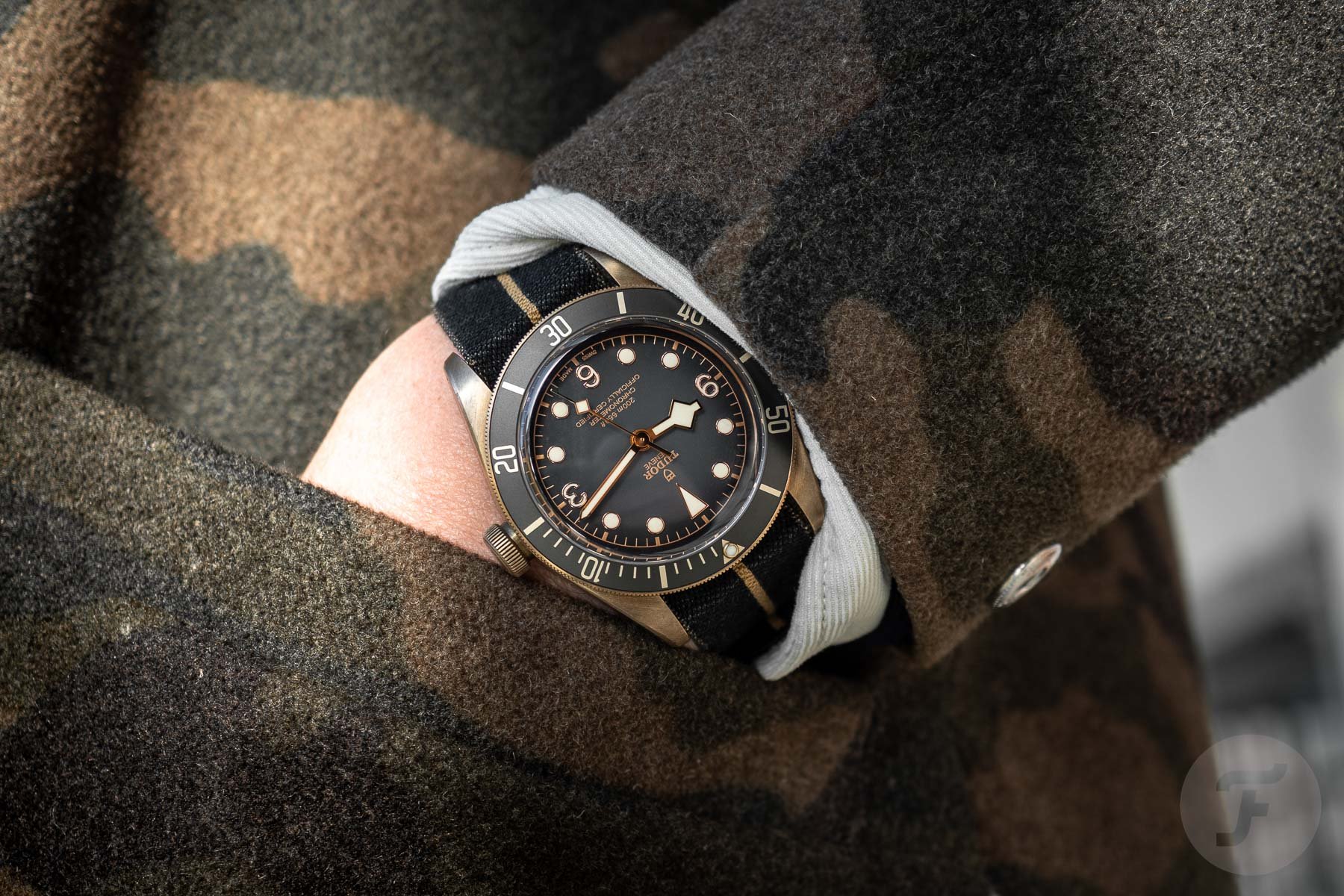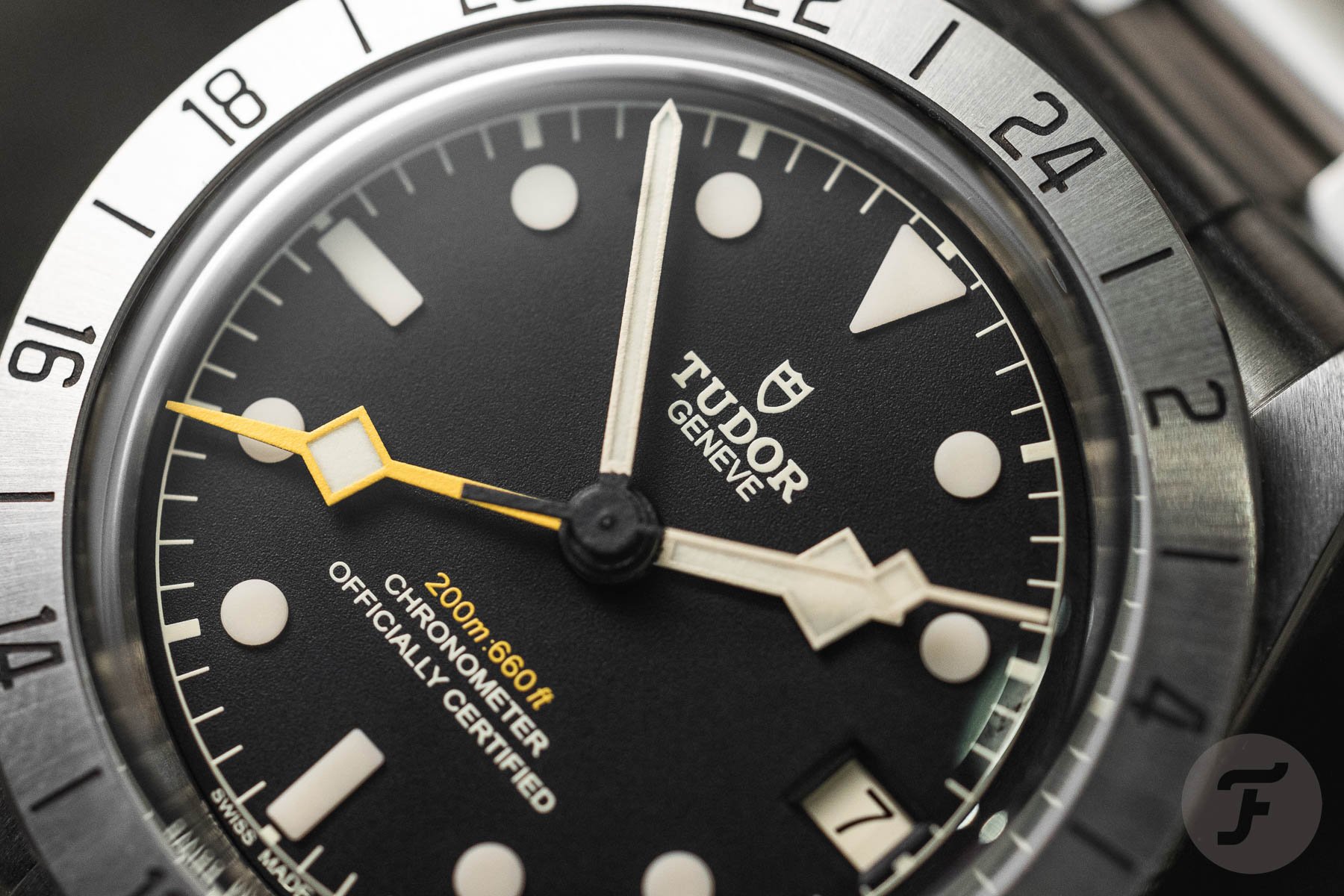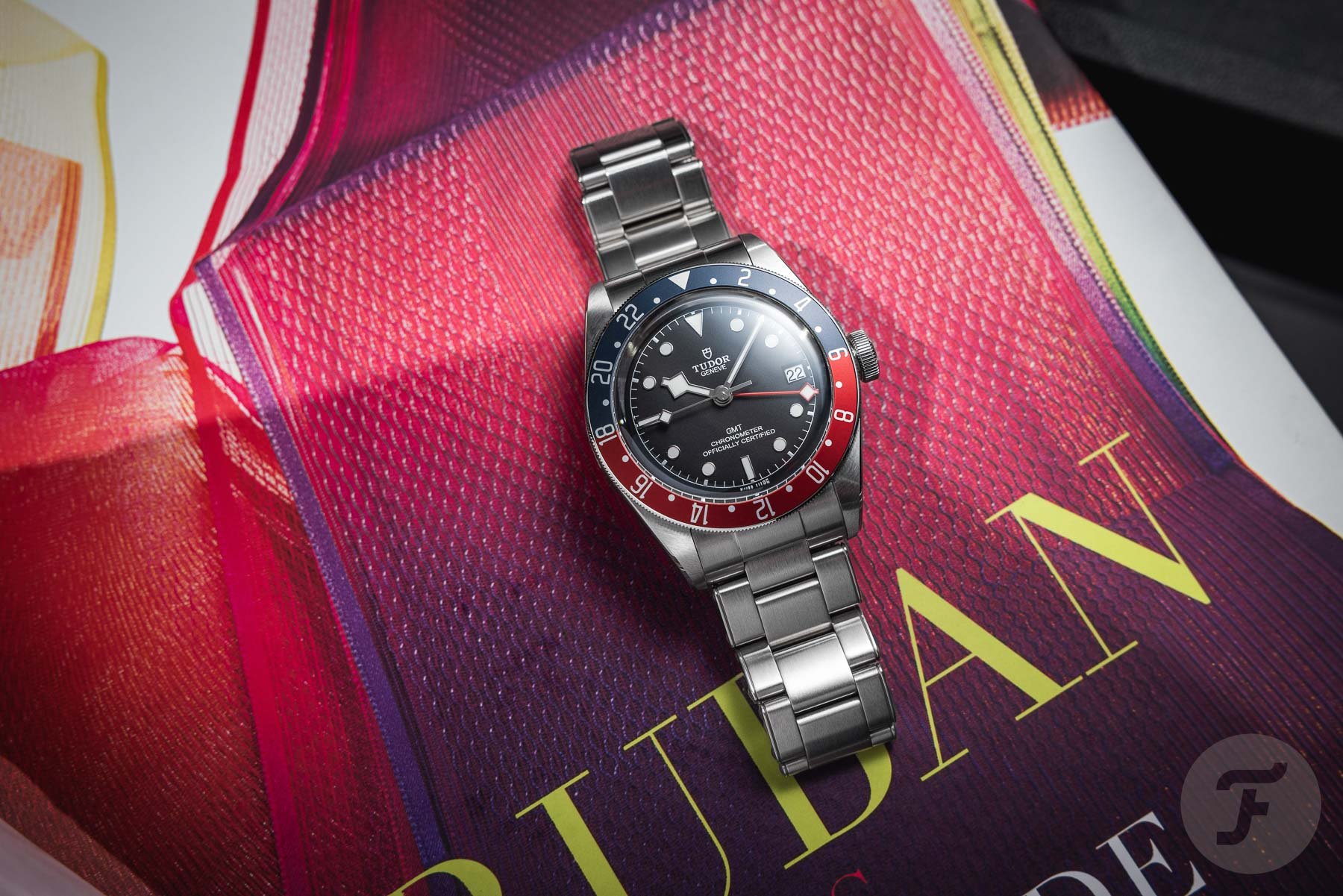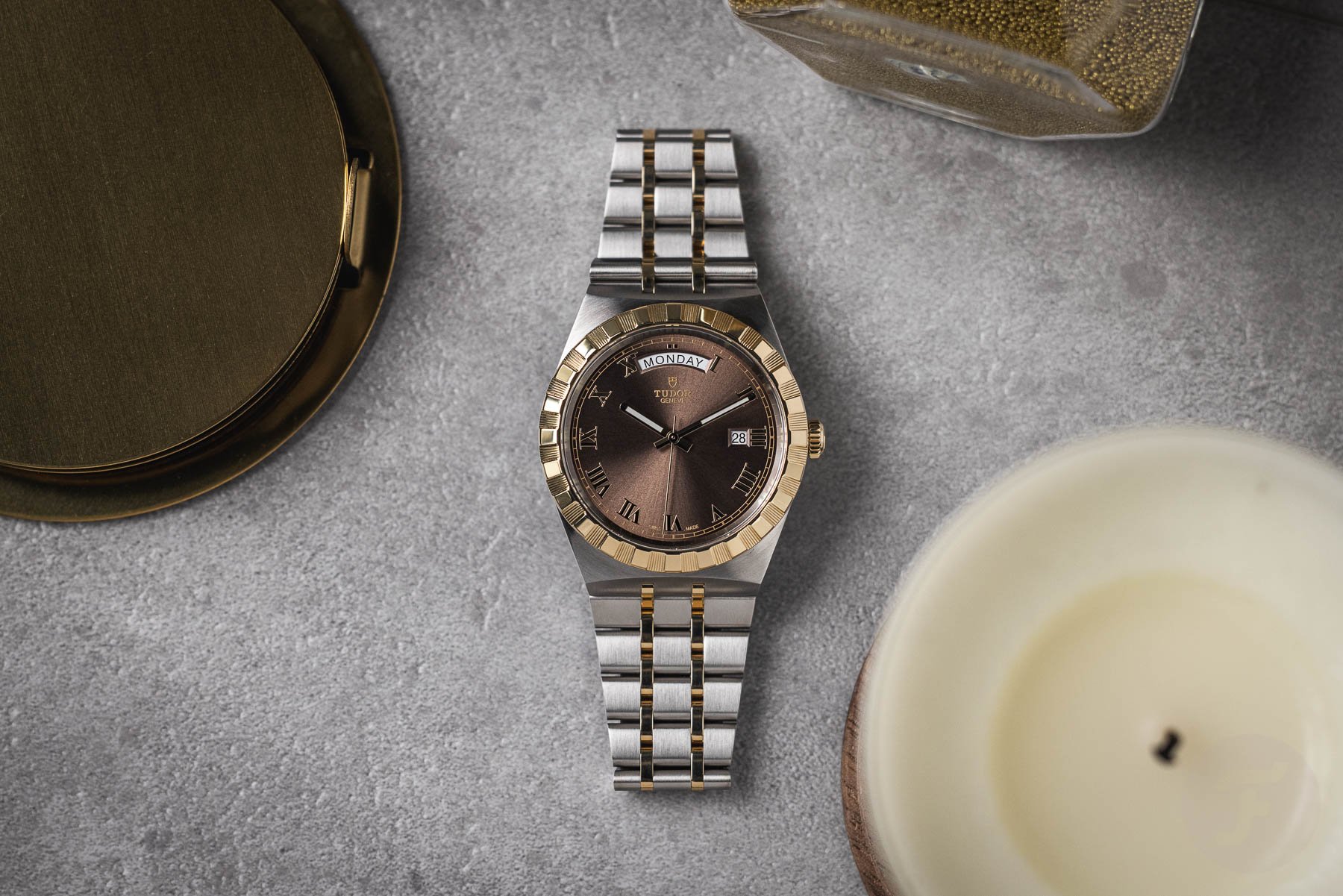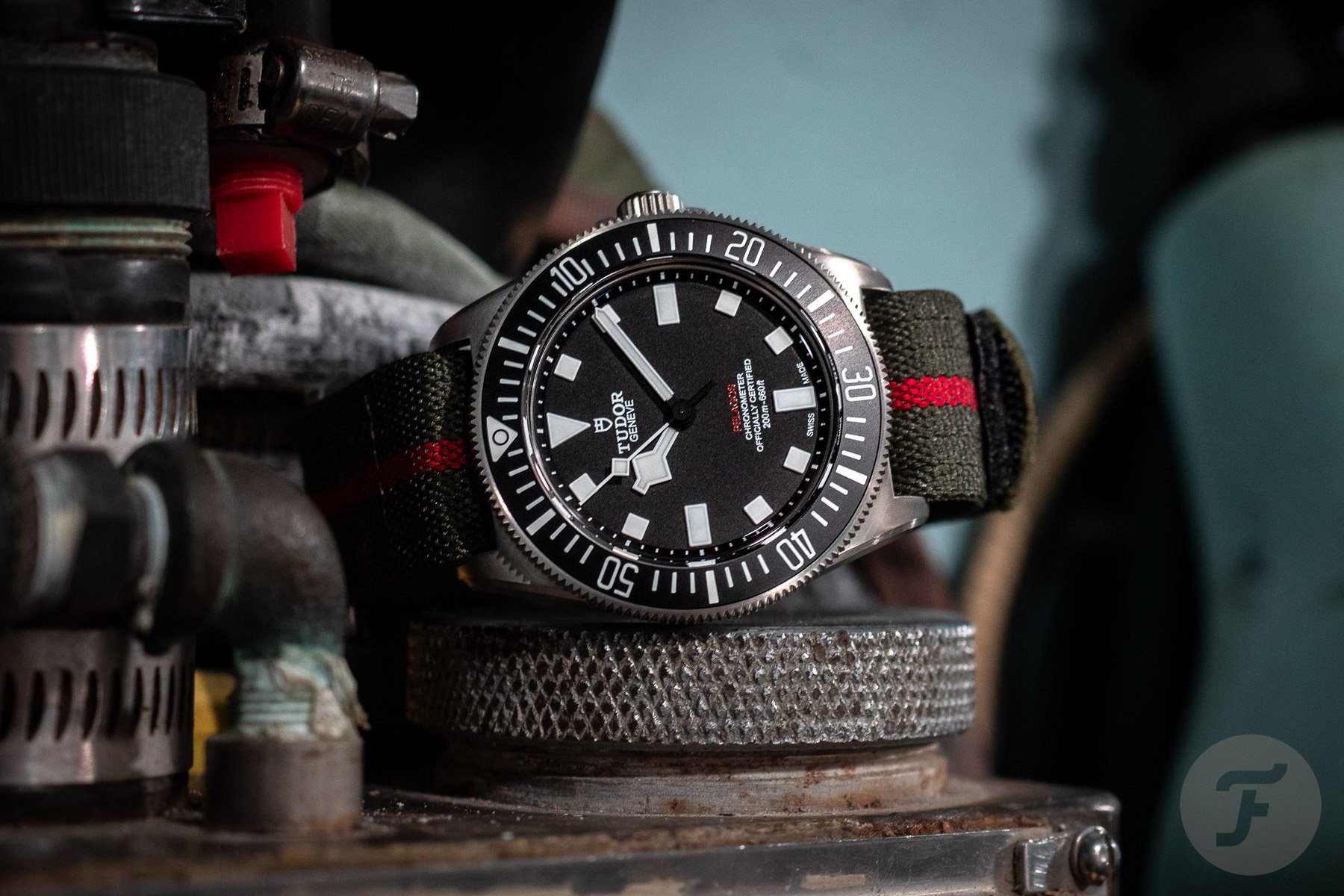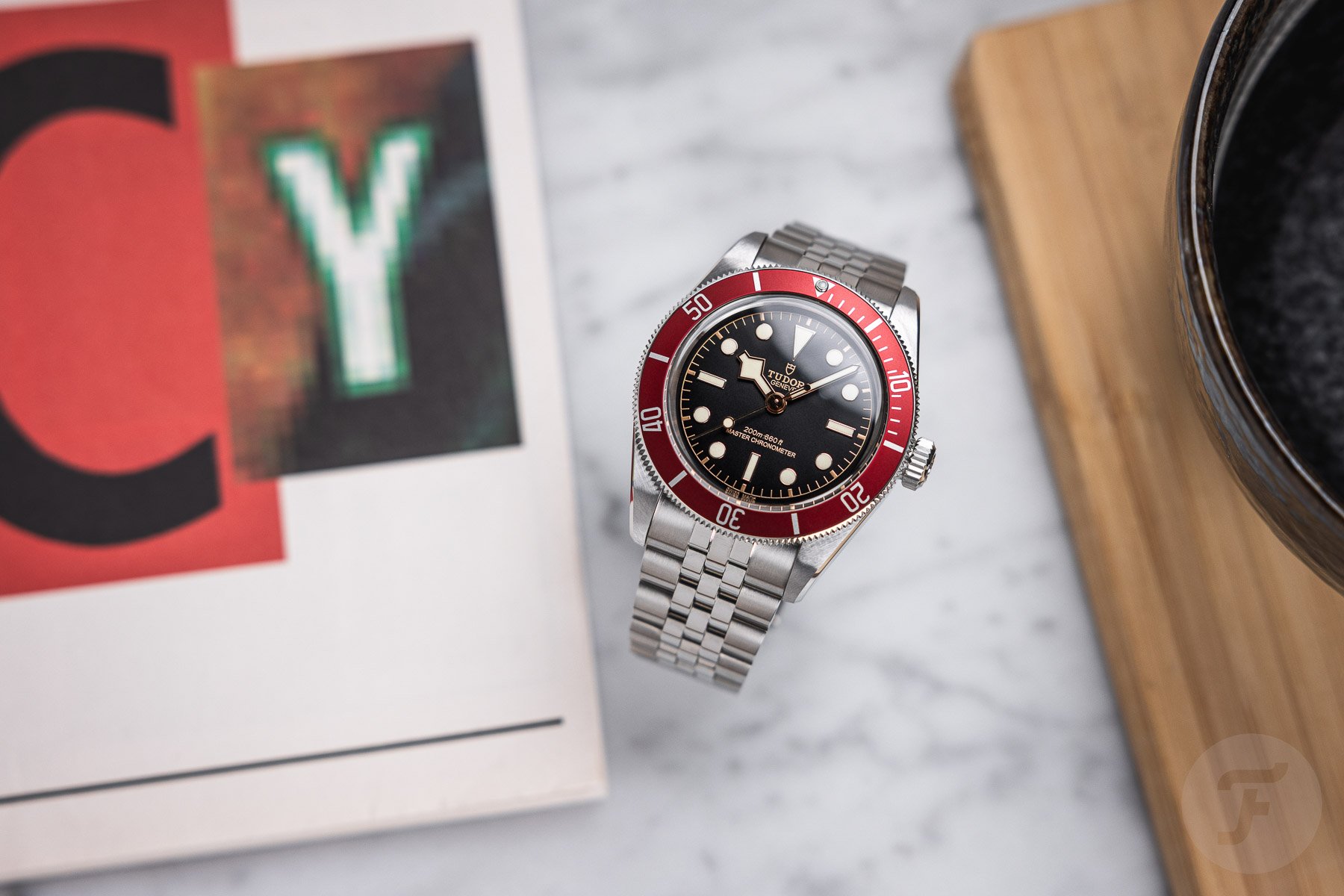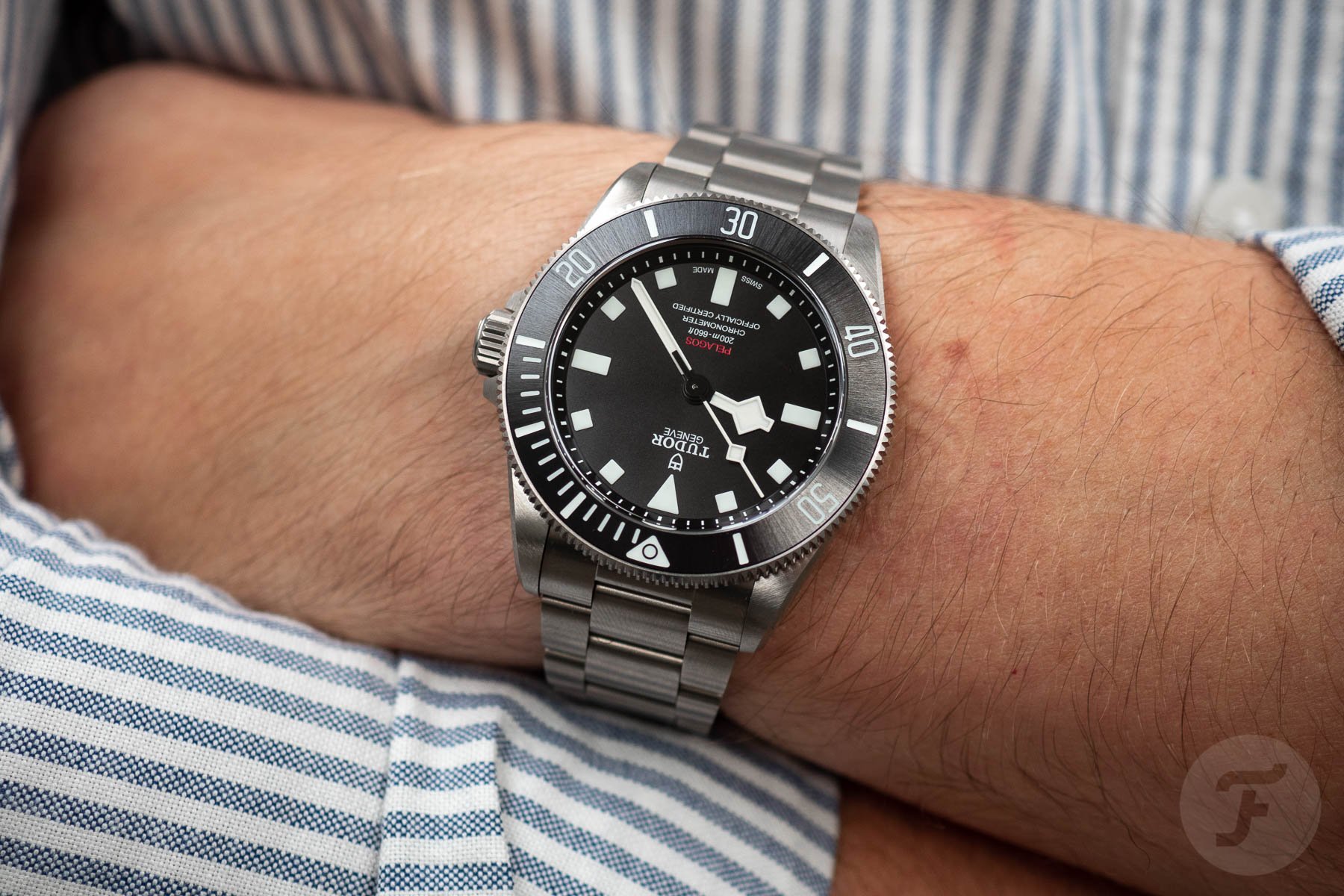A Closer Look At The 2024 Tudor Price Increases — Will They Have An Effect On The Brand’s Success?
For most of us, having a budget to work with is a reality in this passion for watches. As a result, increasing prices are not without personal side effects. Until recently, the go-to brand under €4K was Tudor. With prices going up, however, that reality has shifted. It’s safe to say that it could be your go-to brand under €5K nowadays. A fitting cliché is that you can only spend your money once, so you’d better spend your money wisely. So what do you do? Do you accept that Tudor watches have become more expensive? Or do you shift focus and move on to something else? Let’s look at Tudor prices for 2024 and the overall effect on the brand’s perception.
At the beginning of each year, many brands increase their prices. In a recent article, we looked at the Rolex price increases for 2024. Overall, the increases were not spectacular in terms of percentages. But in terms of extra money you must pay, we’re talking hundreds of euros in most cases and up to several thousand for the precious metal models. That is substantial when it comes to spending real money. But if you are in the market for a Rolex, it’s safe to assume that you’ll gladly pay the extra sum of money to be able to buy one. After all, the increases are not necessarily surprising. But most importantly, they don’t change the fact that most people who want a Rolex do not want a watch from another brand. Is it the same for Tudor?
It’s not about the individual price increases
In this article, we will look at the 2024 prices of some of the most important pieces in the Tudor collection and compare them to prices from previous years. It will be interesting to see how much prices went up for your favorite models over time. As I aspire to add one or two Tudors to my collection, I was more than interested in discovering the increases. As I said in my resolutions article this month, I have had my eye on the Black Bay Pro for a while now. On top of that, I can’t wait until the brand releases the blue-bezel version of the Black Bay Master Chronometer as a follow-up to the burgundy version introduced in 2023.
While the price increases are a fact of life, the feeling of seeing Tudor increase its prices comes with a certain sentiment. It’s food for thought for multiple reasons that I will get into. But first, let’s look at some of the prices of popular Tudor models to get an idea. Quick note: as always, these prices may vary slightly where you are due to different tax percentages and currencies. In this case, though, it’s more about the bigger picture and how gradually moving upmarket has changed the perception of the Tudor brand.
Individual Tudor model prices
Let’s start with the Master Chronometer Black Bay Burgundy introduced last year during Watches and Wonders. When I reviewed the watch in the summer of last year, the price of the watch on the Jubilee-style bracelet was €4,440. The new price at the start of 2024 is €4,620. That is an increase of 4%. The second big introduction was the Black Bay 54, which, on the stainless steel bracelet, had a price of €3,800 last year. The new price is €3,970, making it one of the few Tudor watches still available under €4,000 despite the 4.5% price increase.
Then we come to the Black Bay 58, another one of Tudor’s most popular timepieces. The new price for the watch on the stainless steel bracelet is €4,070, while it was €3,940 in 2023. It’s a step that pushes the Black Bay 58 across the €4,000 line for the first time. For perspective, I reviewed the blue version when it came out in the summer of 2020, and back then, it had a list price of €3,430 on the bracelet. That wasn’t even four years ago, and we’ve seen a price increase of €640.
Getting a taste of the Tudor prices for its popular GMT models
Let’s move on to the Black Bay GMT. As most of you will know, Tudor added a new version of the Black Bay GMT to the collection in 2023. This variant was widely praised because it looks great with a white opaline dial that further separates it from the watch’s inspiration, the iconic Rolex GMT-Master. A Black Bay GMT was priced at €4,250 in 2023 on the stainless steel bracelet. The new price for 2024 is €4,450 on the bracelet.
I already mentioned the Black Bay Pro earlier. When the Black Bay Pro was introduced in 2022, the price was €3,770 for the watch on the stainless steel bracelet. But due to multiple price increases, we have seen the price creep up to €4K and eventually pass it last year. It’s not even two years old, and we’re looking at a current list price of €4,290. That’s €520 in less than two years, translating into a relative increase of 13.8%. I would call that significant in such a short amount of time.
The Tudor Pelagos prices over time
It’s time to talk about the Pelagos line. Tudor has extended it with some amazing offerings in the past couple of years, turning it into another fan-favorite line in the collection. When the incredibly popular Pelagos 39 came out in August of 2022, the watch on a bracelet had a price of €4,170. In early 2023, the price had already been bumped to €4,590, and the new price for 2024 is €4,780. It’s a total increase of €610 or 14.6% since its debut. It aligns with the Black Bay Pro price increase in even less time and shows the substantial extra amount you must pay to get a Pelagos 39.
The Pelagos FXD Marine Nationale was introduced in November 2021. The price was €3,680 back then, which made it an affordable alternative to the regular Pelagos. The “original” Pelagos was available back then for €4,320. A little over two years later, the Pelagos FXD Marine Nationale is now €4,230, whereas the 42mm “original’ Pelagos has now crossed the €5K threshold with a list price of €5,100. The black-dial Pelagos FXD “US Navy” was introduced in September 2023. At launch, the price was €4,170. The new price is the same as that of the Marine Nationale model at €4,230.
More Tudor sports models
Another two recent releases are the Pelagos FXD Alinghi Red Bull Racing models. As you would expect, the price increases are not as severe as they were only introduced last June. However, at their introduction, the three-hander was €3,650, and the chronograph version was €5,070. By October, Tudor had increased the prices slightly to €3,720 and €5,180, respectively, and now the three-hand version costs €3,910, while the chronograph costs €5,390.
We’ll now move from one of the most expensive Tudor models to one of the more affordable ones. The Tudor Ranger was introduced in July of 2022 for €2,880 on the bracelet. The new price in 2024 is €3,370 on the bracelet. That is a substantial increase of 17% in 18 months.
Lastly, we’ll take a look at the second-generation Black Bay Chrono that came out in 2021. In April of that year, the price for a Black Bay Chrono in steel was €4,920, making it one of the most expensive Tudor models available with a list price of just under €5K. The list price for 2024 is €5,670, which is a 15.2% increase compared to almost three years ago. So, as you can see, prices have increased across the board, but the percentages differ. Some of the most popular models seem to have seen a more rapid price increase than others.
What do these new Tudor prices tell us?
We could go on for a bit, but you understand the price increases. While you could accept them as a fact of life and move on, along with them come some interesting questions and observations. As I mentioned in the intro, it is safe to say that Tudor is not necessarily the go-to brand anymore under €4K. That is simply because most Tudor watches are between €4K and €5K, and an increasing number of models are even over €5,000. Does that change how we see the brand?
It’s an interesting question. We watch fans often like to classify certain brands as the go-tos in certain price brackets. As a result, we have a hard time accepting that these brands choose to raise their prices. A good example is Seiko. While many of us love Seiko, seeing some of the brand’s current retail prices leads to strong reactions from you, the Fratelli, every time. The ever-affordable Seiko of old is no more and hasn’t been for quite some time. That doesn’t mean that people’s perception of Seiko has changed accordingly, though.
Changing the perception versus commercial potential
Another great example is Oris. If you ask watch fans who have been in the hobby for a bit, Oris was always a prime option if you wanted a great watch under €2K. With many of its new releases, however, we are talking about list prices between €3K and €5K. Sure, it’s understandable when you look at the Calibre 400 and the other technological advancements the brand has made. But that is not what it is about. It’s about perception and whether watch fans accept that a brand has moved on. For many watch hobbyists, that’s hard to do, so brands must count on a sufficient number of loyal fans and newer/mainstream customers who don’t share our nostalgia-driven cynicism.
When it comes to Tudor, there is another factor that plays a big role besides the fans — the competition. Let’s ask what we can get that is better than a Tudor under €6K. Yes, I know I said €5K in the intro. But the reality is that quite a few Pelagos and Black Bay Models are over €5K nowadays. That price domain used to be Omega territory not too long ago. But we all know that Omega has also significantly raised its prices drastically over the past few years. It has left a gap for Tudor to jump into and claim. It’s a tempting commercial prospect for the brands. But do consumers also see Tudor as a brand with watches that are worth €5K–6K?
Is there a better option than Tudor at the sub-€5K price point?
In my review of the recent Black Bay Master Chronometer, I already stated that it’s hard to find a brand that makes a better watch under €5K. And I stand by that. That specific model perfectly exemplifies how Tudor pushes its boundaries to create better watches. Next to that, there is the question of whether an alternative has the same attraction as the brand in question. Ask watch fans for the best option under €5K, and their immediate answer will be “Tudor” in most cases. However, Longines has made remarkable efforts to challenge Tudor with its products. On top of that, the brand has the history to back that up. And with many prices similar to or lower than Tudor’s, Longines has become a great alternative.
While passionate watch fans will consider that alternative, the wider audience will probably stick with Tudor. The brand has done very well over the last decade to become more attractive to mainstream consumers and turn the Rolex connection in its favor. These days, that link is more of an asset than the “poor man’s Rolex” stigma that it once was. That’s why the reality of price increases is probably a lot easier for general watch buyers to accept. If you want a Tudor watch with the least amount of hassle, you will just pay the retail price. It’s that simple. If competitors do not offer the same full package of a great product and a similar brand appeal, there is no alternative. And is there a bigger appeal than the Rolex connection apart from Rolex itself?
Is there a lurking danger?
So, can Tudor continue to raise its prices without noticeable consequences? Well, probably the biggest lurking danger for Tudor in this regard is the pre-owned/gray market. As is true of many watches, prices for popular secondhand Tudor models have decreased significantly over the last 18–24 months. As a result, you can get your hands on any Tudor watch of your liking for less than its official list price. It is not rocket science if the brand’s list prices increase multiple times a year; looking elsewhere than a Tudor boutique will be tempting. And I’m sure that for some aspiring Tudor buyers, this is already the way to go.
Most of all, I am curious how far Tudor can stretch prices before hurting the brand. With a good eye for constant product development and a commercial opportunity to jump into a price gap left by Omega, there seems to be no end to the rise of Tudor. But what do you think, Fratelli? Will the price increases end up working against Tudor, or is the brand on its way to becoming as tempting as its bigger brother Rolex? I can’t wait to hear your thoughts.
When it comes to my beloved Black Bay Pro, I still very much feel the desire to own one. But there is a point where I will be tempted to say “no” and move on. If the price gap between a new Black Bay Pro and a Rolex Sea-Dweller ref. 16600 becomes too small, there is only one way to go. That is the true danger — choosing between a Tudor and a Rolex. After all, for many, that choice is easy.
But let us know in the comments section where you think the dangers for Tudor are. I’ll be happy to hear your opinions on the matter.

